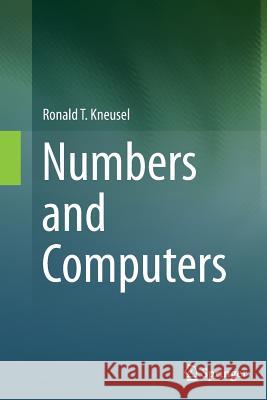Numbers and Computers » książka
topmenu
Numbers and Computers
ISBN-13: 9783319359403 / Angielski / Miękka / 2016 / 231 str.
Numbers and Computers
ISBN-13: 9783319359403 / Angielski / Miękka / 2016 / 231 str.
cena 325,42 zł
(netto: 309,92 VAT: 5%)
Najniższa cena z 30 dni: 325,42 zł
(netto: 309,92 VAT: 5%)
Najniższa cena z 30 dni: 325,42 zł
Termin realizacji zamówienia:
ok. 20 dni roboczych.
ok. 20 dni roboczych.
Darmowa dostawa!
This is a book about numbers and how those numbers are represented in and operated on by computers.











